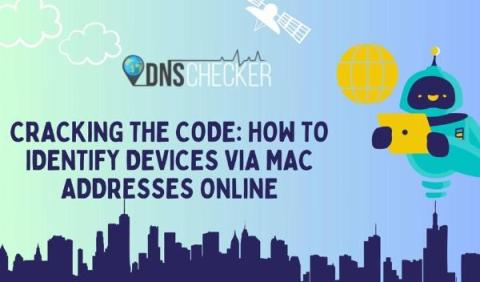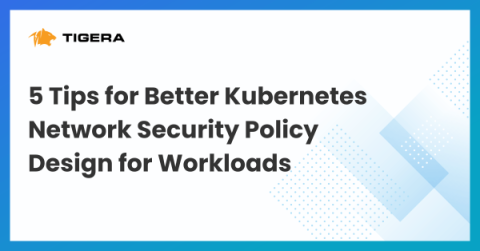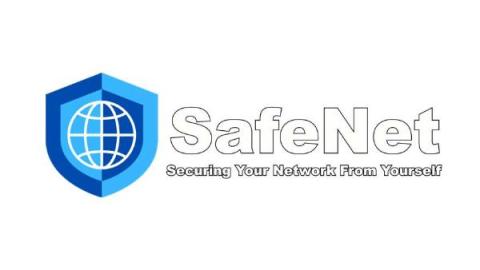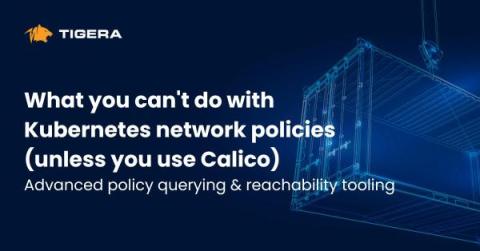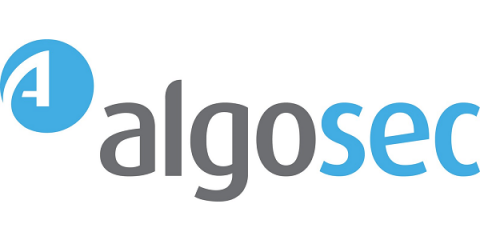Security | Threat Detection | Cyberattacks | DevSecOps | Compliance
Networks
Cracking the Code: How to Identify Devices via MAC Addresses Online
5 Tips for Better Kubernetes Network Security Policy Design for Workloads
The surge of cloud-native applications has propelled Kubernetes into the forefront, revolutionizing how we manage and deploy workloads. However, this exponential growth has also increased the security challenges, and attack surface, DevOps and Security teams must address. As we discussed in a previous blog post, traditional network security measures fall short when presented with Kubernetes’ dynamic nature, demanding a paradigm shift towards more adaptable solutions.
SafeNet: Securing Your Network From Yourself
Whether working at home or in the office, when conducting cybersecurity research, investigating the dark web forums or engaging with any dangerous part of the internet, staying safe is critical. While most researchers use a virtual machine to mitigate risks to the host PC, there is an overlooked and unprotected attack surface: the network. This post will illuminate potential risks and introduce a new solution to keep your network safer without hindering your workflow.
What you can't do with Kubernetes network policies (unless you use Calico): Advanced policy querying & reachability tooling
In my previous blog post, What you can’t do with Kubernetes network policies (unless you use Calico): Policies to all namespaces or pods, I talked about this use case from the list of nine things you cannot implement using basic Kubernetes network policy — policies to all namespaces or pods. In this blog post, we’ll be focusing on the next use case — advanced policy querying and reachability tooling.
How To Reduce Attack Surface: 6 Proven Tactics
Security-oriented organizations continuously identify, monitor, and manage internet-connected assets to protect them from emerging attack vectors and potential vulnerabilities. Security teams go through every element of the organization’s security posture – from firewalls and cloud-hosted assets to endpoint devices and entry points – looking for opportunities to reduce security risks. This process is called attack surface management.
Can Firewalls Be Hacked? Yes, Here's 6 Vulnerabilities
Like all security tools, firewalls can be hacked. That’s what happened to the social media platform X in January 2023, when it was still Twitter. Hackers exploited an API vulnerability that had been exposed since June the previous year. This gave them access to the platform’s security system and allowed them to leak sensitive information on millions of users. This breach occurred because the organization’s firewalls were not configured to examine API traffic with enough scrutiny.
14 Step Checklist for a Flawless Network Security Audit
If security policies aren’t periodically updated to meet modern threat demands, organizations risk introducing vulnerabilities into their IT security posture. Comprehensive audit reports help security leaders gain in-depth visibility into their organization’s cybersecurity strategy and assess the resilience of its network infrastructure.
Demo Tuesday
Navigating the Cybersecurity Horizon in 2024
In 2023, organizations faced a surge in ransomware attacks, prompting a reevaluation of cybersecurity readiness. The focus on high-value assets and critical infrastructure indicated an escalating threat landscape, demanding stronger preemptive measures. This trend is expected to continue in 2024 as cybercriminals exploit vulnerabilities.



